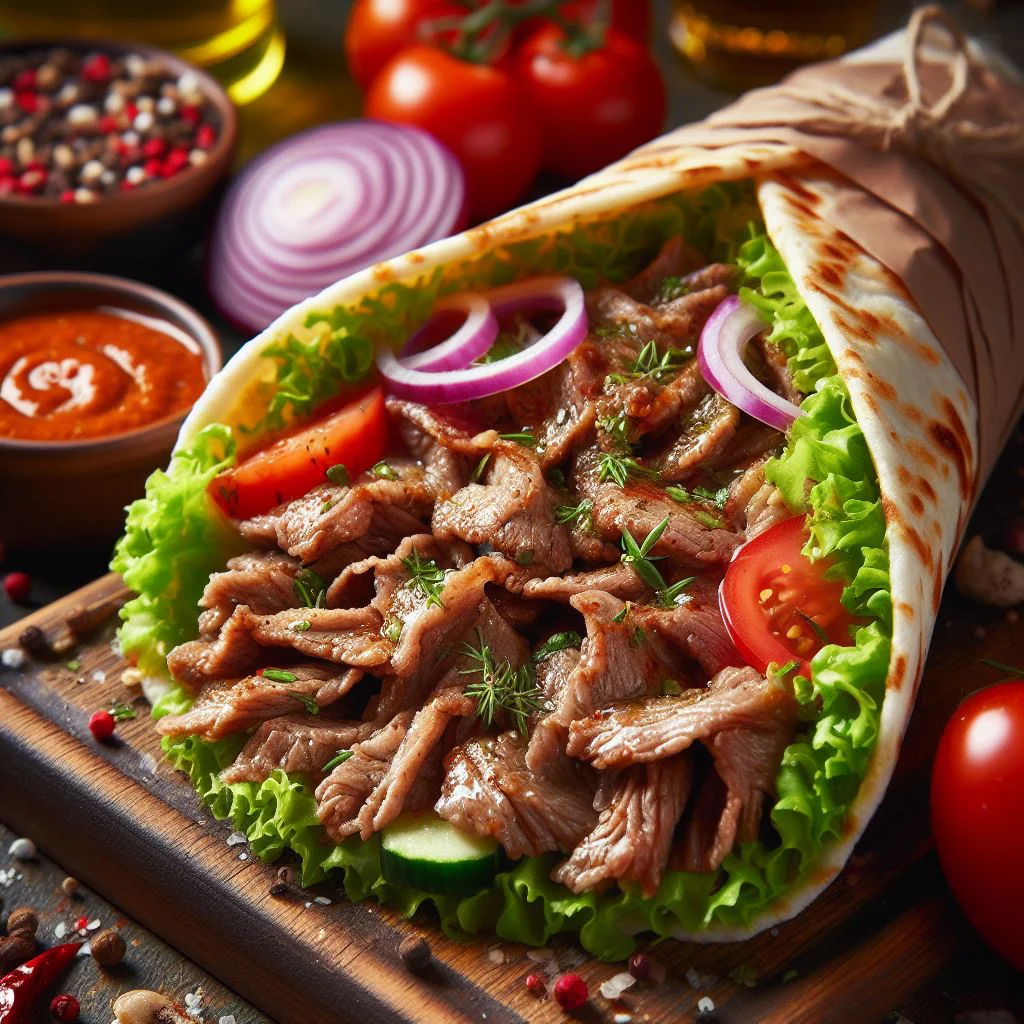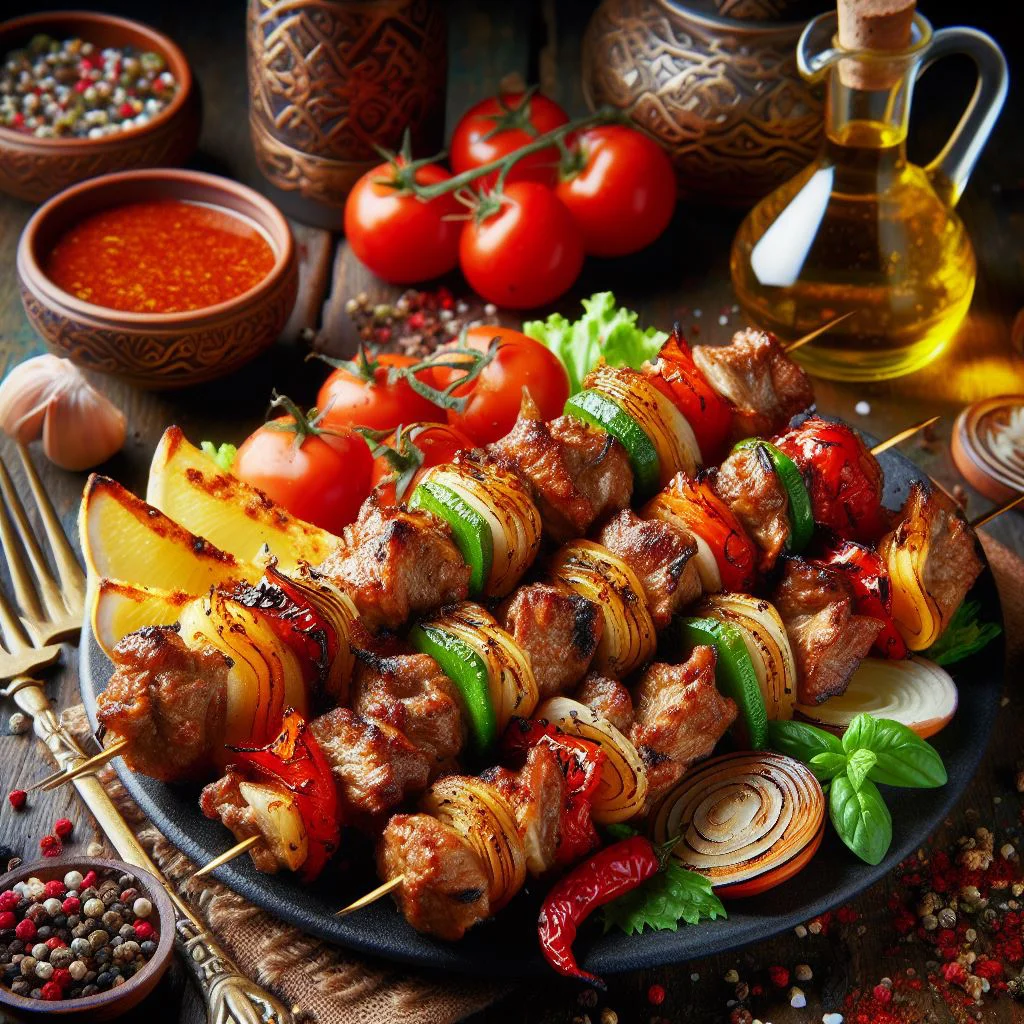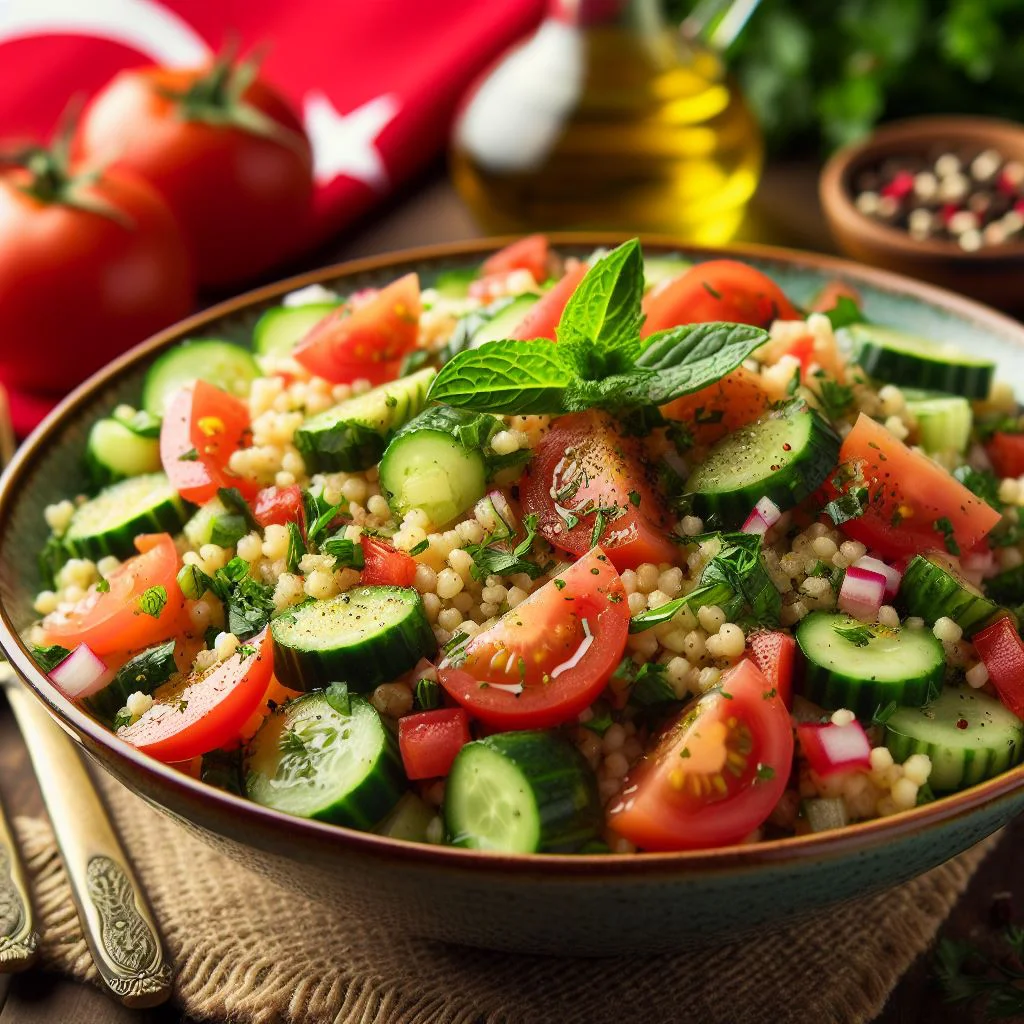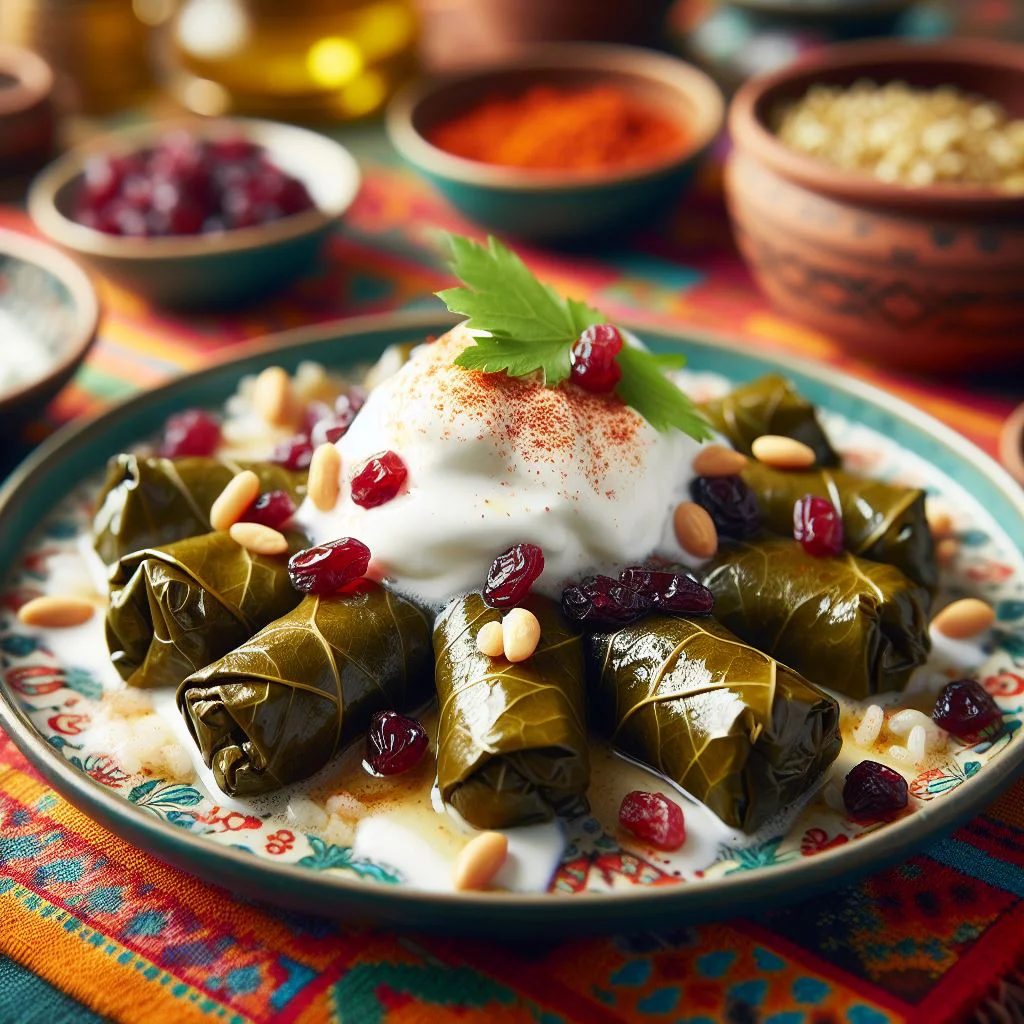Turkish cuisine, renowned for its rich flavors and cultural significance, boasts a myriad of delectable dishes that have captivated taste buds worldwide. Among the plethora of gastronomic delights, Lahmacun stands out as a beloved and iconic Turkish dish. In this article, we delve into the history, preparation, and cultural importance of Lahmacun, showcasing why it deserves its place among the popular Turkish dishes.
History
Lahmacun, often referred to as Turkish pizza, has a history deeply rooted in Anatolian culinary traditions. Originating from the region that spans modern-day Turkey, Lebanon, and Syria, Lahmacun has evolved over centuries, blending diverse culinary influences. The word “lahmacun” itself is derived from the Arabic phrase “lahm b’ajin,” meaning “meat with dough.” This savory delight has been a staple in Turkish households for generations, representing a harmonious fusion of flavors.
Ingredients and Preparation
At the heart of Lahmacun lies a thin, unleavened dough, spread meticulously to achieve the perfect balance of thickness. The topping, a succulent mixture of minced meat (usually lamb or beef), tomatoes, onions, garlic, and a medley of aromatic spices, creates a symphony of flavors. This delectable blend is then spread evenly over the dough, ensuring each bite is a burst of savory delight.
Once assembled, Lahmacun is baked to perfection in a hot oven, resulting in a crispy yet tender crust that cradles the rich and flavorful topping. Traditionally, Lahmacun is adorned with fresh parsley, mint, and a drizzle of lemon juice, adding a refreshing contrast to the savory meat mixture.
Cultural Significance
Lahmacun is more than just a culinary delight; it holds a special place in Turkish culture. Often enjoyed as a communal dish, families and friends gather to savor the experience of making and eating Lahmacun together. Its versatility is also evident in its consumption – rolled up, folded, or paired with various accompaniments, Lahmacun adapts to different preferences and occasions.
In the diverse landscape of popular Turkish dishes, Lahmacun undoubtedly stands out as a flavorful emblem of Turkey’s culinary prowess. Its unique combination of spices, fresh ingredients, and cultural heritage makes it a must-try for anyone exploring the rich tapestry of Turkish cuisine.
In conclusion, Lahmacun is not merely a dish; it is a journey through time, reflecting the culinary evolution of a region. With its origins deeply embedded in Turkish history and its flavors resonating with a global audience, Lahmacun rightfully claims its place among the popular Turkish dishes. So, the next time you embark on a culinary adventure, make sure to savor the exquisite taste of Lahmacun, a true gem in the tapestry of Turkish gastronomy.




